HR KPIs: Guide, 20 Examples & Free Template
AIHR
DECEMBER 5, 2024
HR KPIs are indispensable for organizations that want to improve at managing their people. In this article, we dive into the details of KPIs in HR. In this article, we dive into the details of KPIs in HR. Contents What are HR KPIs? How does HR use KPIs to support organizational needs? Let’s dive in.

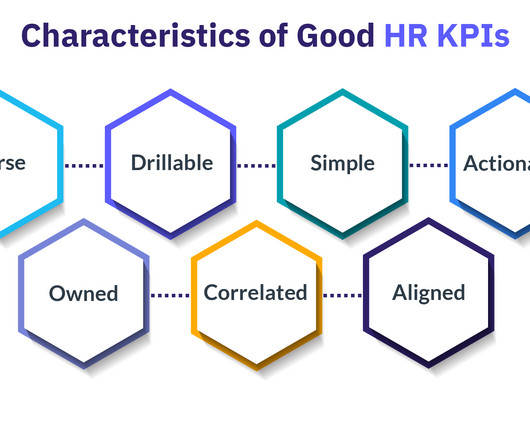


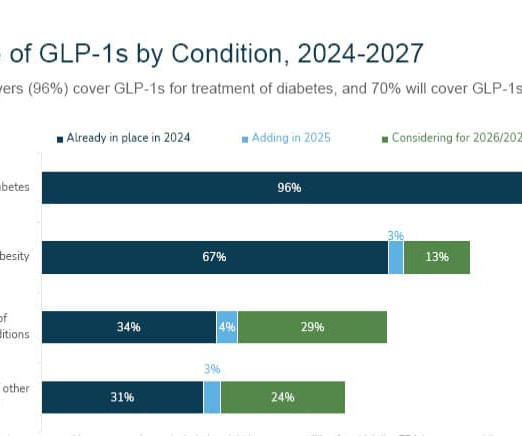

























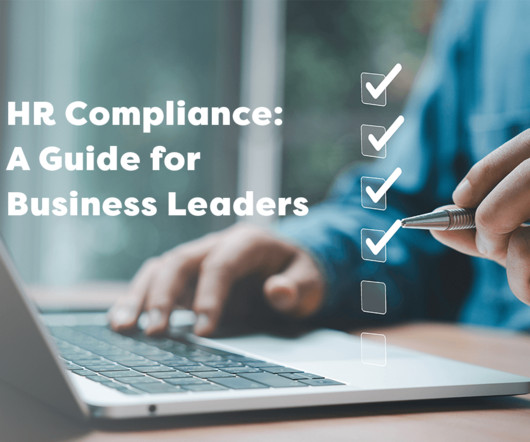

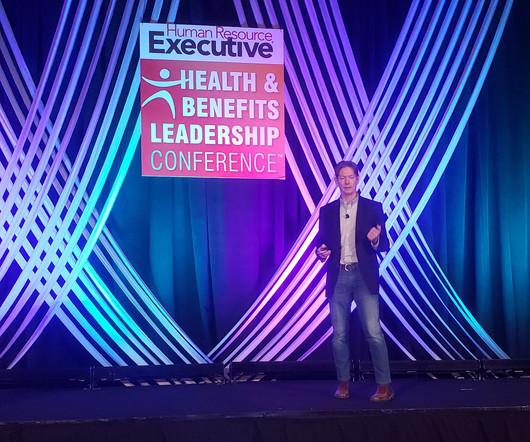

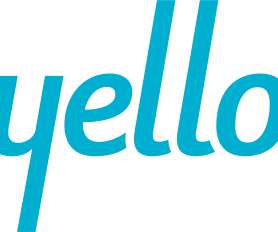













Let's personalize your content